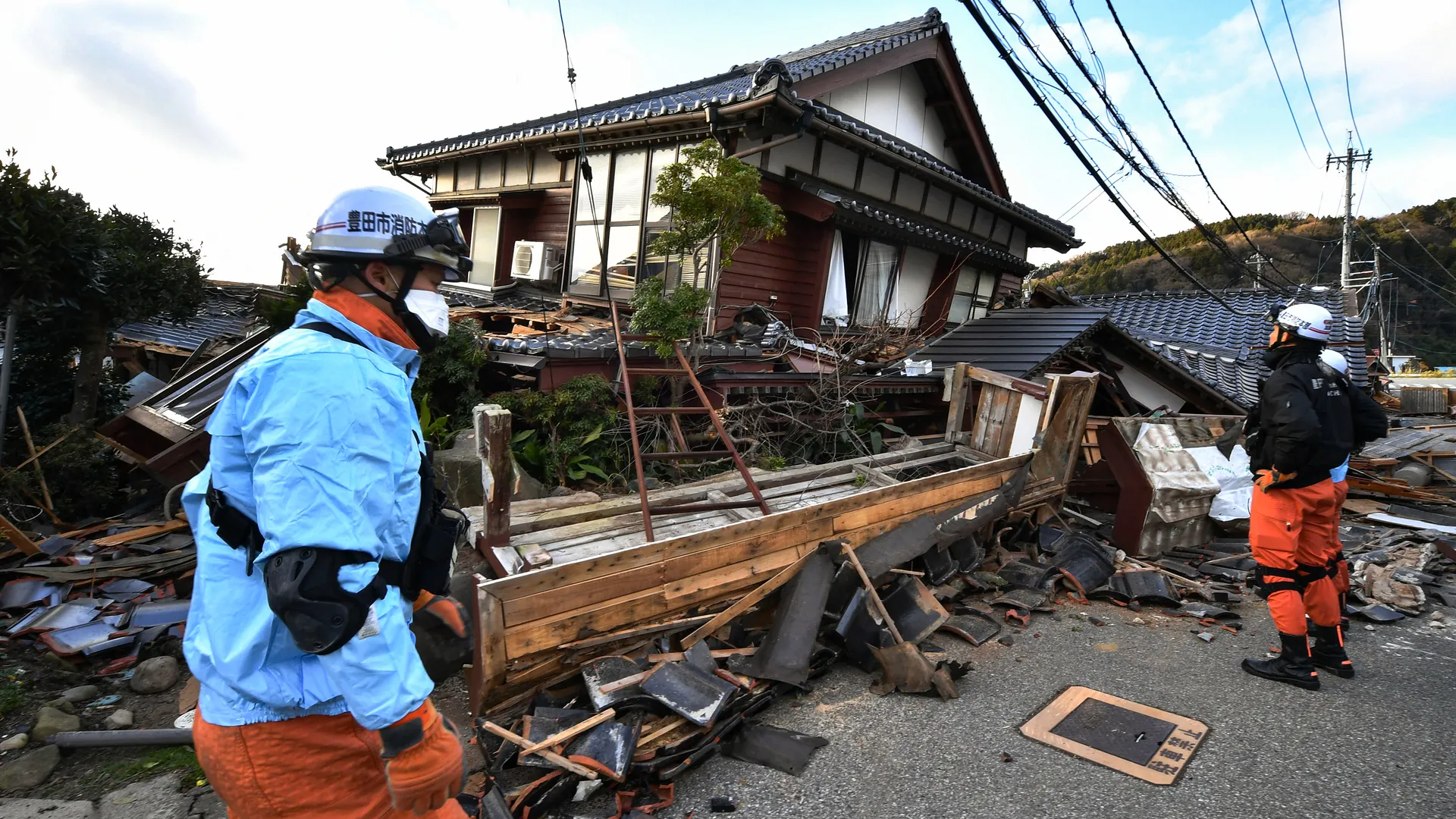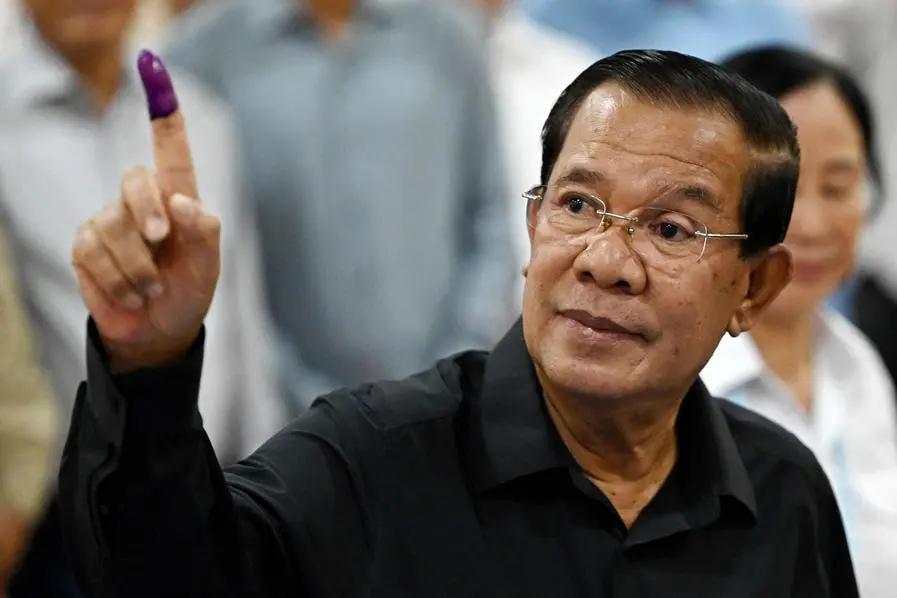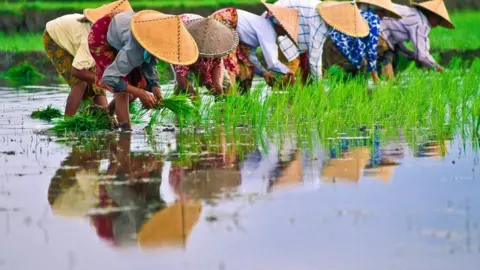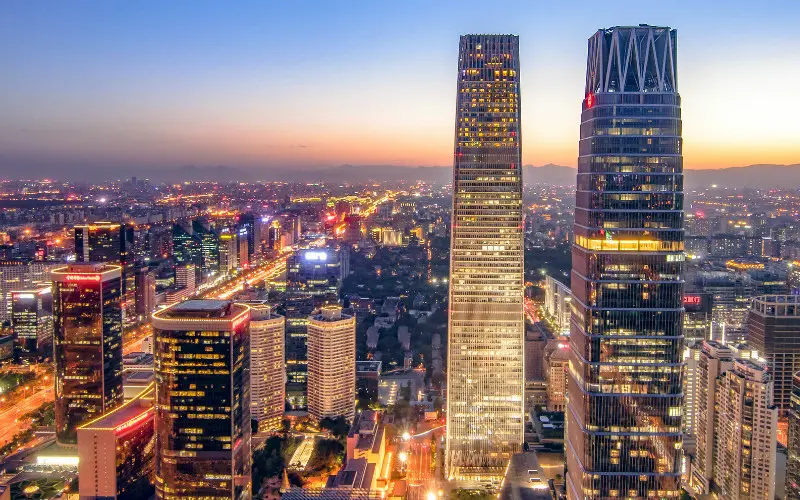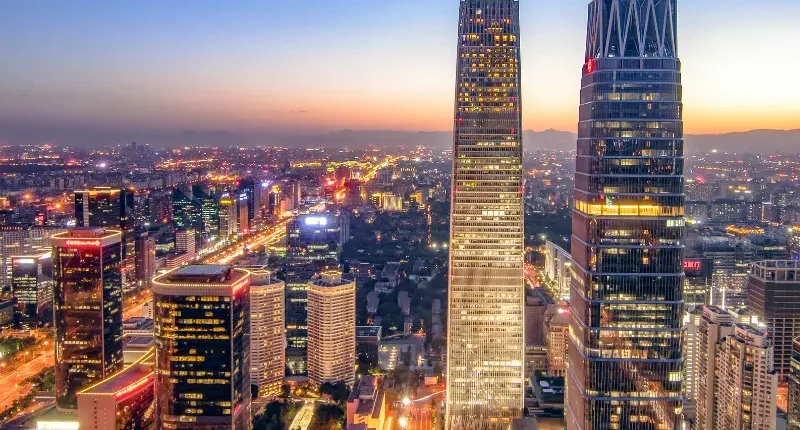China has launched a new series of initiatives aimed at boosting imports and addressing long-standing trade imbalances, signaling a shift toward greater economic openness as global partners grow increasingly uneasy about Beijing’s export dominance. The campaign, unveiled ahead of the annual China International Import Expo (CIIE) in Shanghai, highlights Beijing’s efforts to showcase itself as a responsible trading power willing to share the benefits of its massive domestic market.
The move comes amid intensifying scrutiny from the United States and Europe, both of which have accused China of relying heavily on exports, subsidizing domestic industries, and creating global overcapacity in sectors like electric vehicles, solar panels, and semiconductors. By emphasizing import growth, Beijing aims to reshape the narrative — portraying its trade strategy as one that fosters balance rather than distortion.
A Push for “Balanced and Win-Win” Trade
At the heart of China’s new push is the message that “China’s opening is not one-directional”. The Ministry of Commerce announced new policy measures to streamline customs procedures, reduce tariffs on select consumer goods, and simplify the approval process for imported technologies and agricultural products.
“China’s development must be shared,” Commerce Minister Wang Wentao said in Shanghai at the opening ceremony of the import expo. “We are not only the world’s factory but also the world’s market. Expanding imports is a natural step in achieving high-quality growth.”
The measures will prioritize imports of high-tech machinery, energy-efficient equipment, green technologies, pharmaceuticals, and agricultural products — sectors that align with China’s modernization agenda.
China’s Effort to Reassure Global Partners
For years, China’s trading partners have voiced frustration over the country’s vast trade surpluses, which have widened again in recent months as exports to developing nations surged while imports stagnated. In September, China reported a $82 billion trade surplus, one of the highest on record, raising concerns that global demand for Chinese goods was crowding out competitors.
The European Union and United States have since increased scrutiny on Chinese exports, accusing Beijing of unfair industrial policy and currency management practices. The U.S. Treasury has refrained from labeling China a currency manipulator but continues to monitor its trade policies closely.
Beijing’s latest import expansion campaign appears designed to counter that narrative, framing China as a stabilizer in a world economy rattled by geopolitical fragmentation. Officials have described the effort as a “new phase of opening-up”, intended to ensure that the benefits of China’s economic growth are more widely shared.
“China is telling the world that it doesn’t just want to sell — it also wants to buy,” said a Shanghai-based economist. “This is both a diplomatic gesture and an economic necessity.”
Domestic Motives Behind the Campaign
Beyond international optics, the import expansion push reflects domestic economic realities. Weak household consumption, falling property investment, and sluggish demand have pressured China’s growth model, which remains heavily dependent on exports and government-led infrastructure spending.
Encouraging imports, particularly of high-end goods and technologies, serves multiple purposes:
- It helps stimulate domestic consumption and diversify supply chains.
- It provides access to advanced machinery and pharmaceuticals, vital for industrial upgrading.
- It signals policy confidence to foreign investors amid slowing growth and rising regulatory uncertainty.
Beijing has also emphasized “dual circulation” — a strategy that balances domestic demand with external trade. Promoting imports fits squarely into that framework, offering a potential lever to revitalize consumption while easing geopolitical friction.
The Import Expo as a Symbol of Openness
Now in its seventh year, the China International Import Expo (CIIE) has become a central platform for Beijing to demonstrate its commitment to economic globalization. This year’s event drew companies from more than 150 countries, including major U.S. and European multinationals.
Exhibitors showcased everything from precision medical instruments to sustainable food products, highlighting areas where China seeks to import more advanced goods. Notably, several major Western corporations reaffirmed their long-term investment plans in China despite ongoing geopolitical tension.
“CIIE is not just a trade fair; it’s a policy statement,” said a trade analyst in Beijing. “China uses it to show that, despite decoupling pressures, it remains open for business.”
Challenges and Skepticism Abroad
Despite the upbeat messaging, skepticism persists among trading partners about whether China’s import drive will lead to meaningful change. Critics argue that similar promises in the past have failed to produce tangible results.
Foreign companies often face regulatory barriers, opaque licensing procedures, and data localization requirementsthat hinder their ability to fully access the Chinese market. Some European trade officials have already urged Beijing to match its rhetoric with action, calling for reciprocal openness.
“There’s a difference between showcasing imports at an expo and truly liberalizing market access,” said one European diplomat. “What foreign firms want is fair competition, not symbolic gestures.”
Furthermore, China’s domestic industrial policy continues to prioritize self-sufficiency in critical technologies — from semiconductors to aviation — potentially limiting the scope of import liberalization in strategic areas.
Balancing Global Image and Economic Imperatives
Beijing’s emphasis on boosting imports also reflects a strategic recalibration in response to changing global dynamics. With the United States and European Union moving toward de-risking supply chains and imposing tariffs on Chinese goods, China’s export model faces structural headwinds.
Expanding imports, especially from developing economies in Asia, Africa, and Latin America, allows Beijing to strengthen South-South partnerships while maintaining its position as a global trade hub. It also helps stabilize diplomatic relations with key partners that rely on Chinese investment and demand.
“China understands that trade surpluses are no longer a source of soft power,” said a policy researcher at a Beijing think tank. “They are a political liability. Import promotion is a pragmatic tool to ease international tensions.”
The Economic Outlook
Analysts remain divided on whether the import initiatives will have a measurable effect on trade imbalances. Much depends on domestic consumption trends, currency stability, and the health of China’s manufacturing sector.
In the near term, structural challenges — such as aging demographics, weak wage growth, and cautious consumer sentiment — may limit import growth despite policy incentives. Still, the campaign reflects Beijing’s recognition that economic rebalancing is not optional if it hopes to sustain long-term stability.
China’s leadership has repeatedly pledged to “expand high-level opening-up,” with President Xi Jinping emphasizing that the country’s development “will always provide opportunities, not risks, to the world.”
Whether those words translate into action — and whether imports rise in a meaningful way — remains to be seen.
Conclusion
China’s import promotion drive marks a significant strategic pivot at a time when global trust in trade fairness is strained. By pledging to buy more from the world, Beijing seeks to counter accusations of economic dominance and demonstrate a willingness to contribute to global balance.
Yet the success of this campaign will hinge not on policy announcements or expos, but on sustained market reforms that allow foreign products and companies to compete on equal terms.
For China, opening its markets wider isn’t just a diplomatic necessity — it’s an economic one. As its export-driven growth model reaches its limits, a future built on mutual trade, shared opportunity, and genuine openness may be the only sustainable path forward.





